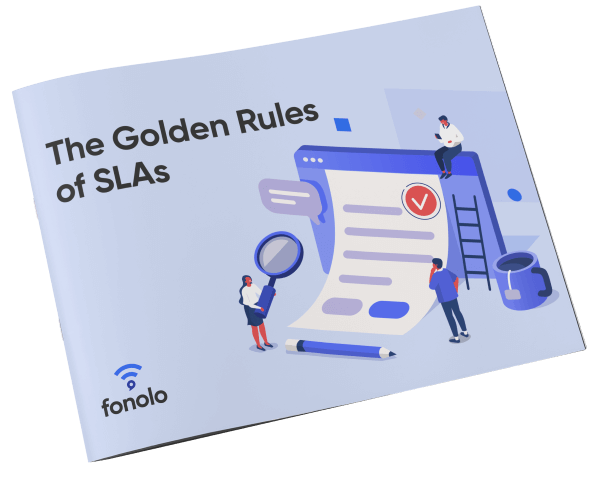 I was looking for an example of how someone can completely miss the point, when I stumbled across this joke:
I was looking for an example of how someone can completely miss the point, when I stumbled across this joke:
A guy shows up late for work. The boss yells, “You should have been here at 8:30!” he replies, “Why? What happened at 8:30?”
Companies, not unlike people, often miss the point. (Not to single out marketing departments, but they’re often the worst offenders.) Here are 3 call center ideas that totally miss the point.
1. Adopting “Industry Standard” Metrics that Don’t Make Sense
Companies, in their never-ending quest to build efficient call centers, often put blind faith in metrics that just don’t make sense for their business.
For example, I’ve been asked on several occasions what the industry standard is for Average Handle Time (AHT). C’mon, really? Asking for a universal time limit that applies equally to all call centers totally misses the point. (Whereas, the right approach is to service your customers properly and attempt to resolve their issues in a single call … without trying to hurry them off the phone.)
Measuring and monitoring metrics is an important way for call centers to track their success. However, looking for industry benchmarks to adhere to is rather like putting the cart before the horse.
2. Using an Overflow Call Center That Can’t Properly Service Customers
One of the key metrics call centers worry about is the Service Level – answering X percentage of calls in Y seconds (e.g. 80/20 – answering 80% of the calls within 20 seconds). So what happens when companies lag behind? The answer depends, of course, but for many companies the answer is to send calls to an overflow call center – a third-party that will ensure that calls are answered promptly.
If you can’t afford to staff up for busy periods, then this seems like a good solution, right? When implemented correctly, it can be. However in many implementations, the outsourced call center isn’t actually able to service customers in the way that a company’s own agents are.
Potential downsides are the linguistic and cultural differences, the lack of specific knowledge (both of your company and your customer – the lack of access to your CRM database) or simply the lack of incentive to accurately service your customers (they are your customers, right?). Whatever the reason, sending your customers to someone else because you can’t get to them in time is a potential liability for your business, one that misses the point of having a call center altogether.
One viable alternative to using an overflow call center is to implement a call-back solution, like Fonolo. Offering customers a call-back when wait times are too long solves multiple problems. It alleviates the burden of hiring additional staff solely for peak periods, eliminates the costs of routing calls to an outsourced call center (while ensuring customers talk to your agents), allows you to meet target service levels, and improves the actual experience for customers who call you (so they don’t need to wait on hold, or talk to someone that can’t really help them).
Which brings us to idea #3 that misses the point …
 3. The Call-Back Solution that Puts Customers on Hold
3. The Call-Back Solution that Puts Customers on Hold
When companies implement a call-back technology that employs a “call-customer-first approach”, they’re relying heavily on an algorithm to determine when an agent will be available and when a customer should be called-back and placed on hold (to wait for that next free agent).
Offering customers a call-back (so they don’t need to wait on hold) only to call them back and put them on hold truly misses the point.
Under ideal conditions and knowing staffing levels, call volumes, WFM data, etc., accurately predicting wait times is a difficult endeavor. And the real-world of call center operations is far from ideal – staffing levels and call volumes can change rapidly, leading to call-back algorithms that completely fall short. This can lead to periods where agents are free to take calls, but call-backs are queued to occur at a later time, when volumes will be high again. Unfortunately, it’s a story we’ve heard one too many times.
By contrast, using a “call-agents-first approach” (like we offer at Fonolo) – one that actually gets an agent on the line before calling a customer back – ensures that customers will never wait on hold and maximizes the benefits of a call-back solution.
Anything that affects your relationship with customers is worth doing right. When you’re offering to call them back, don’t miss the point by putting them back on hold.

The Golden Rules of SLAs
If you’re looking to quickly study up on SLAs, look no further. Download this free white paper to become an expert.
